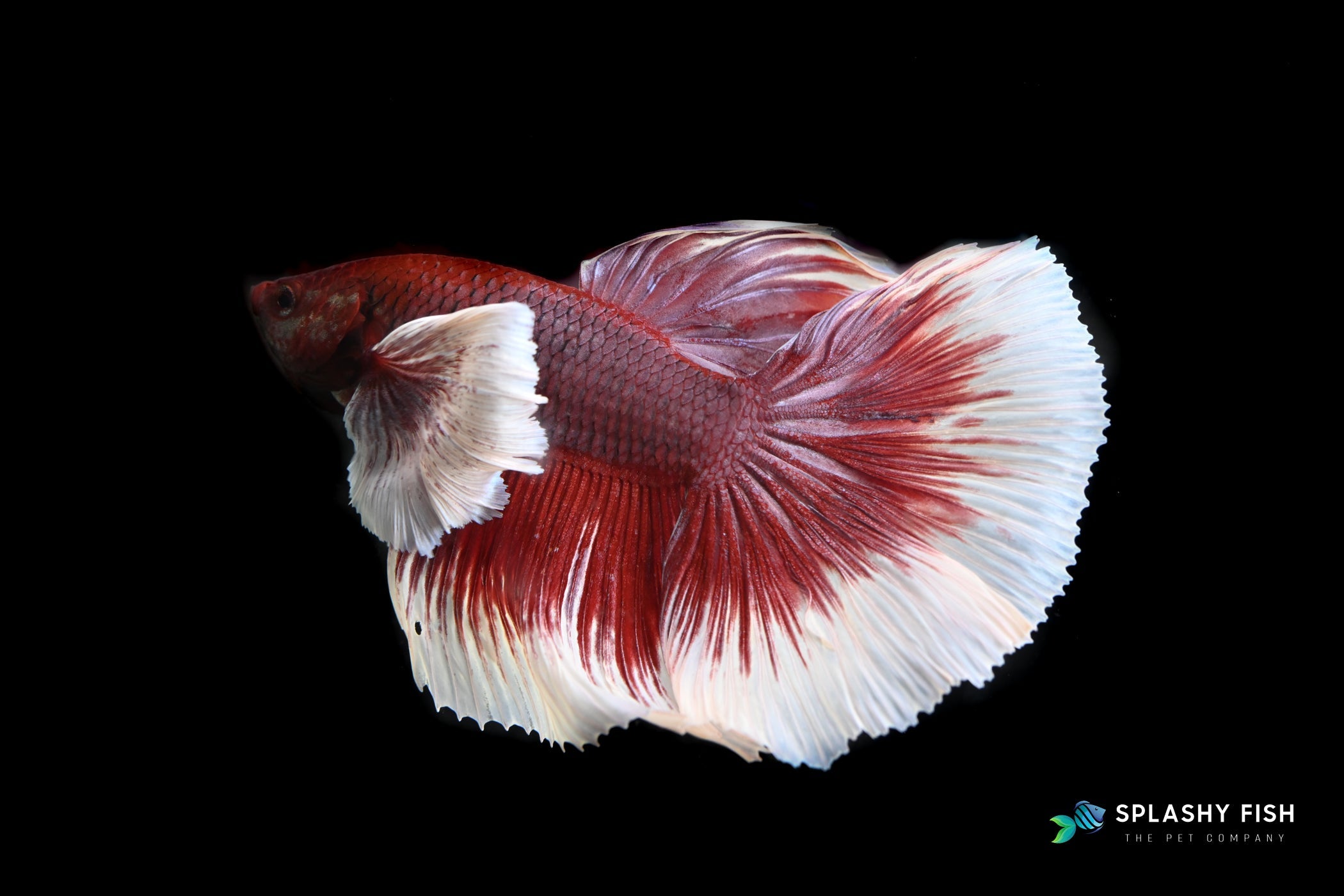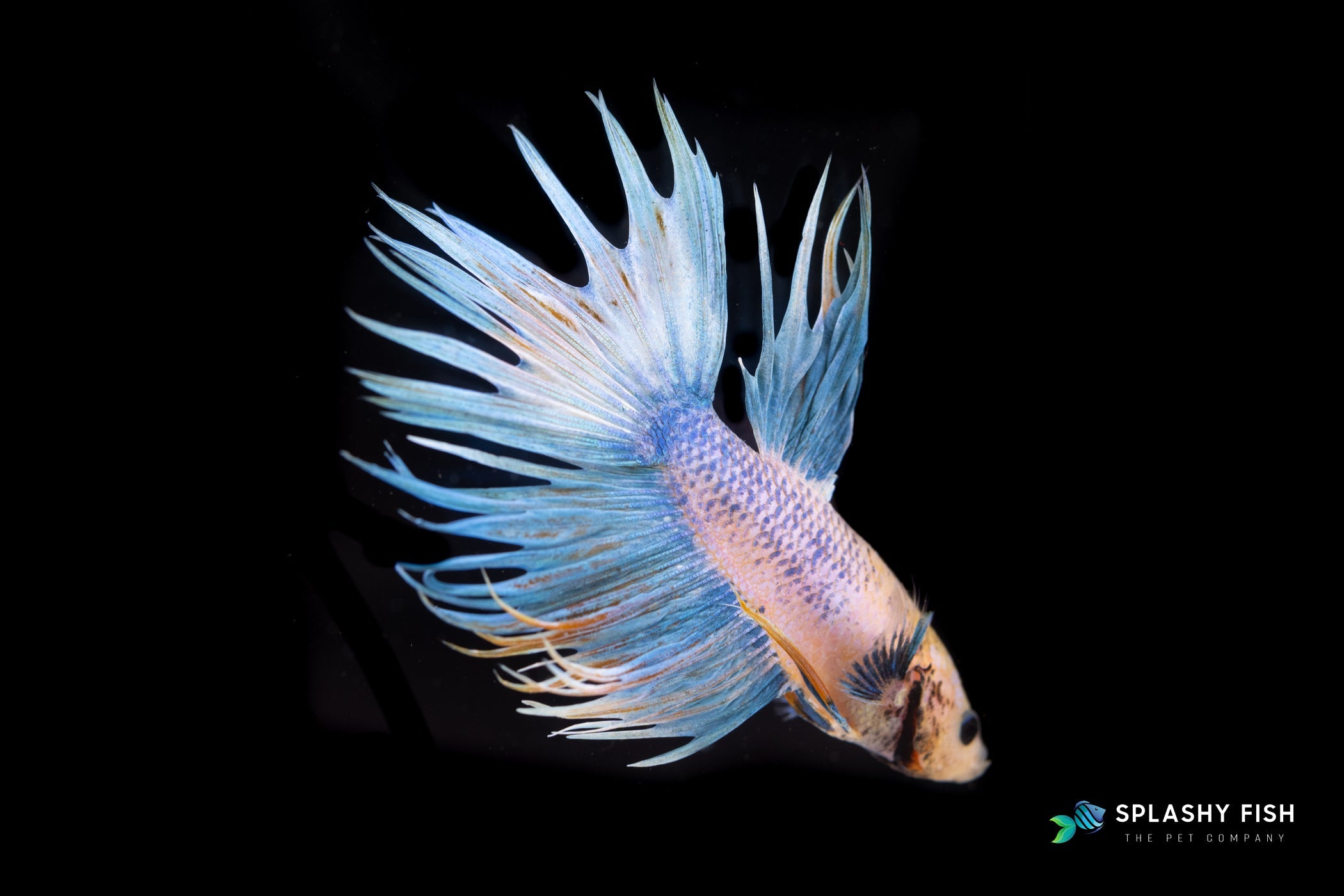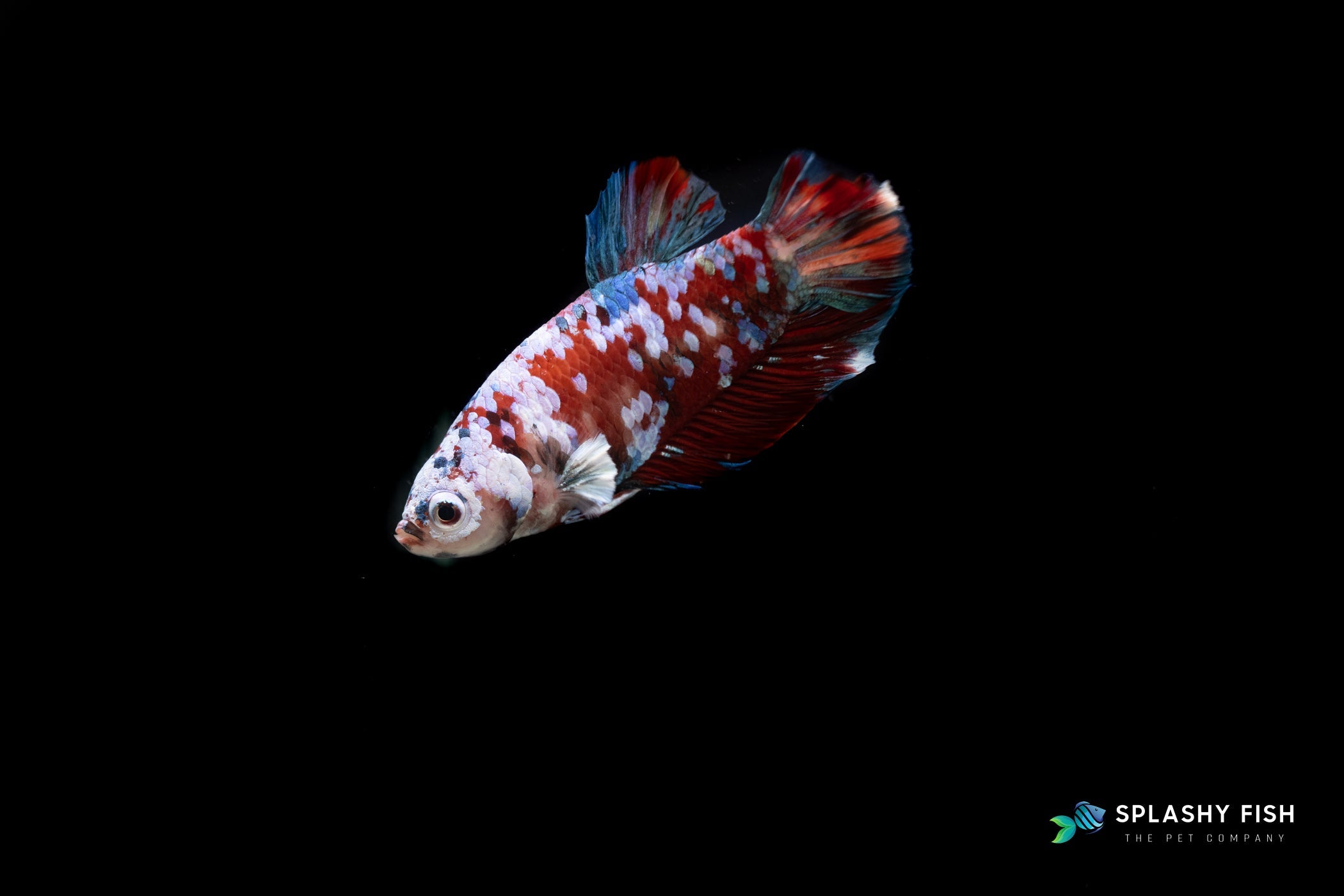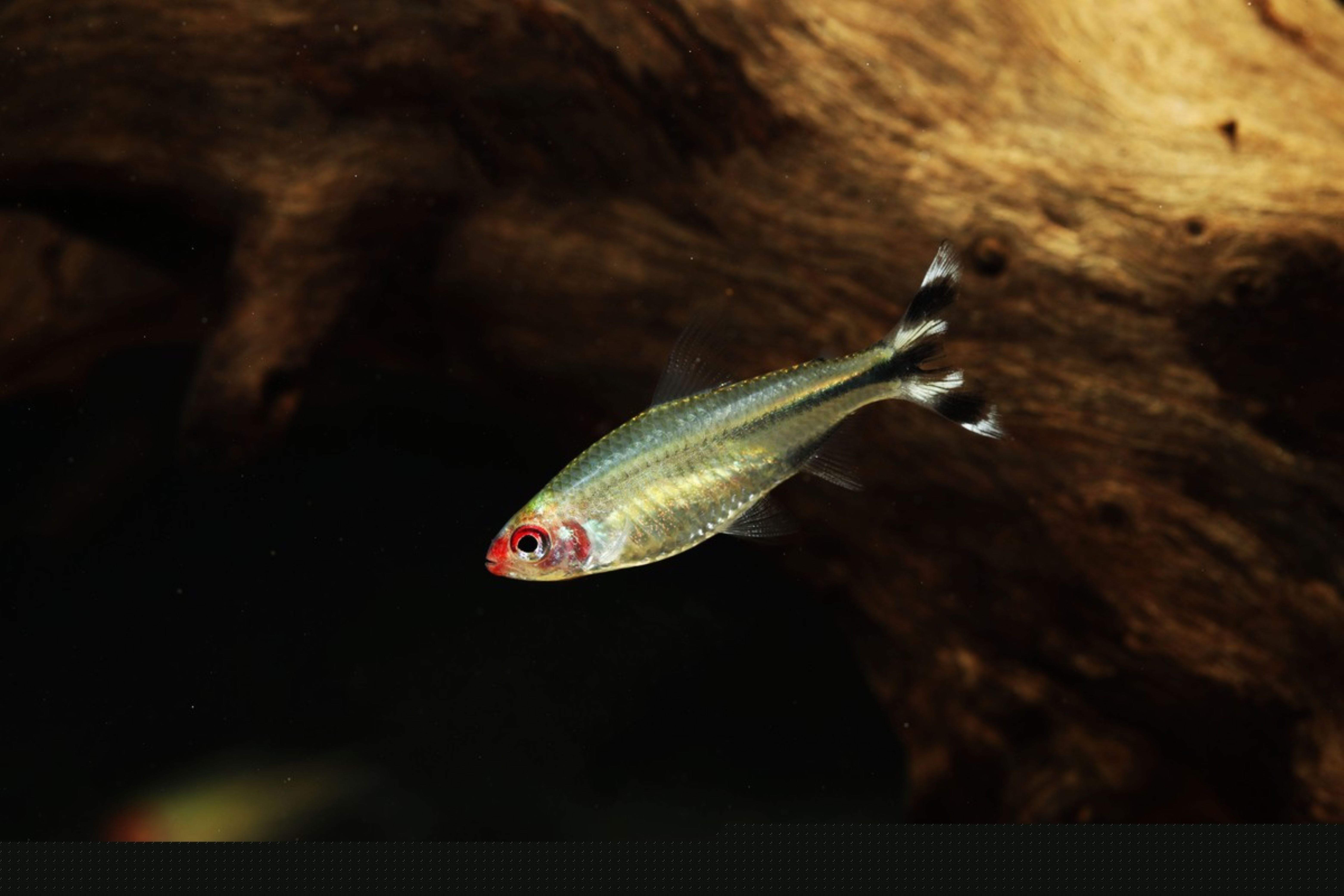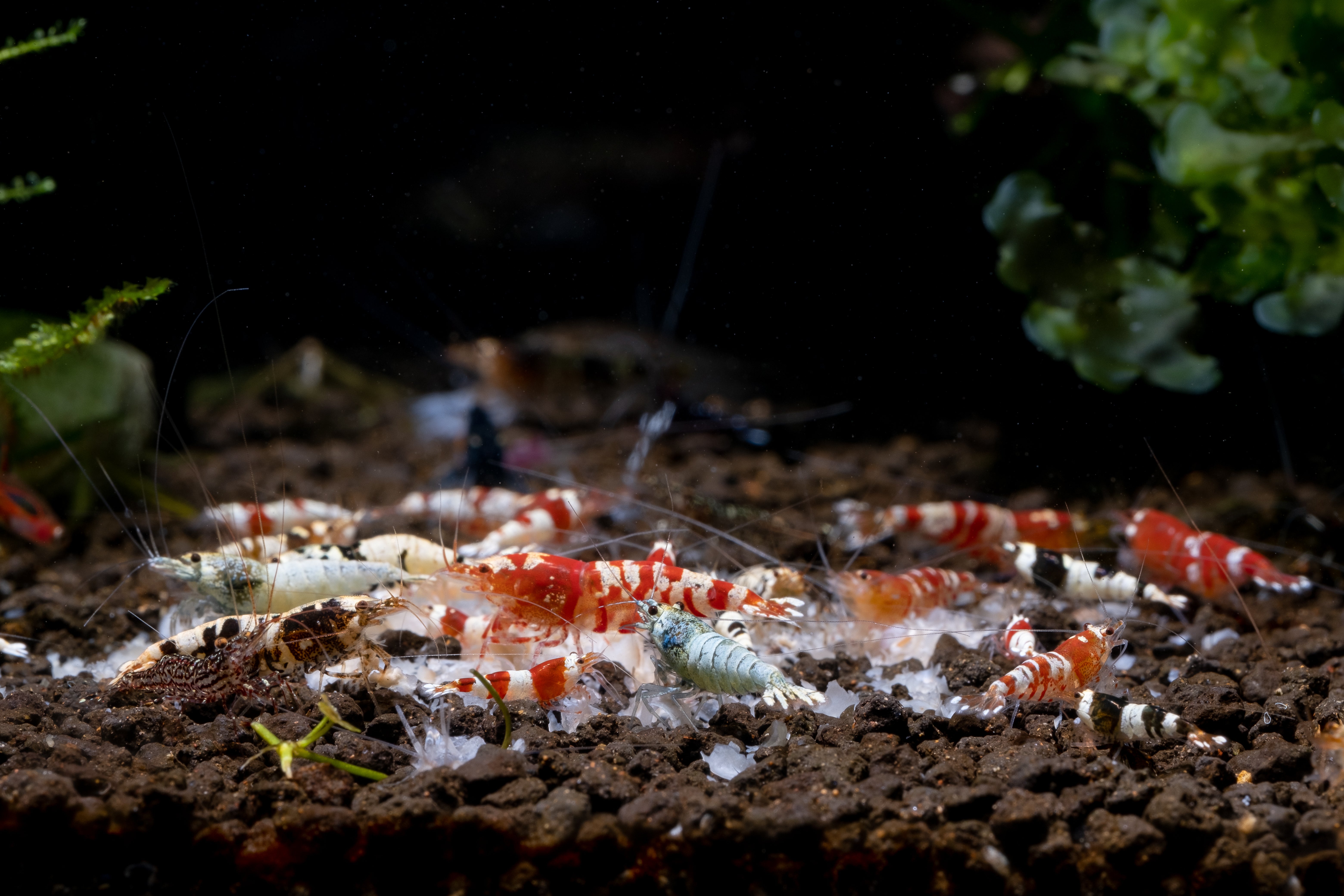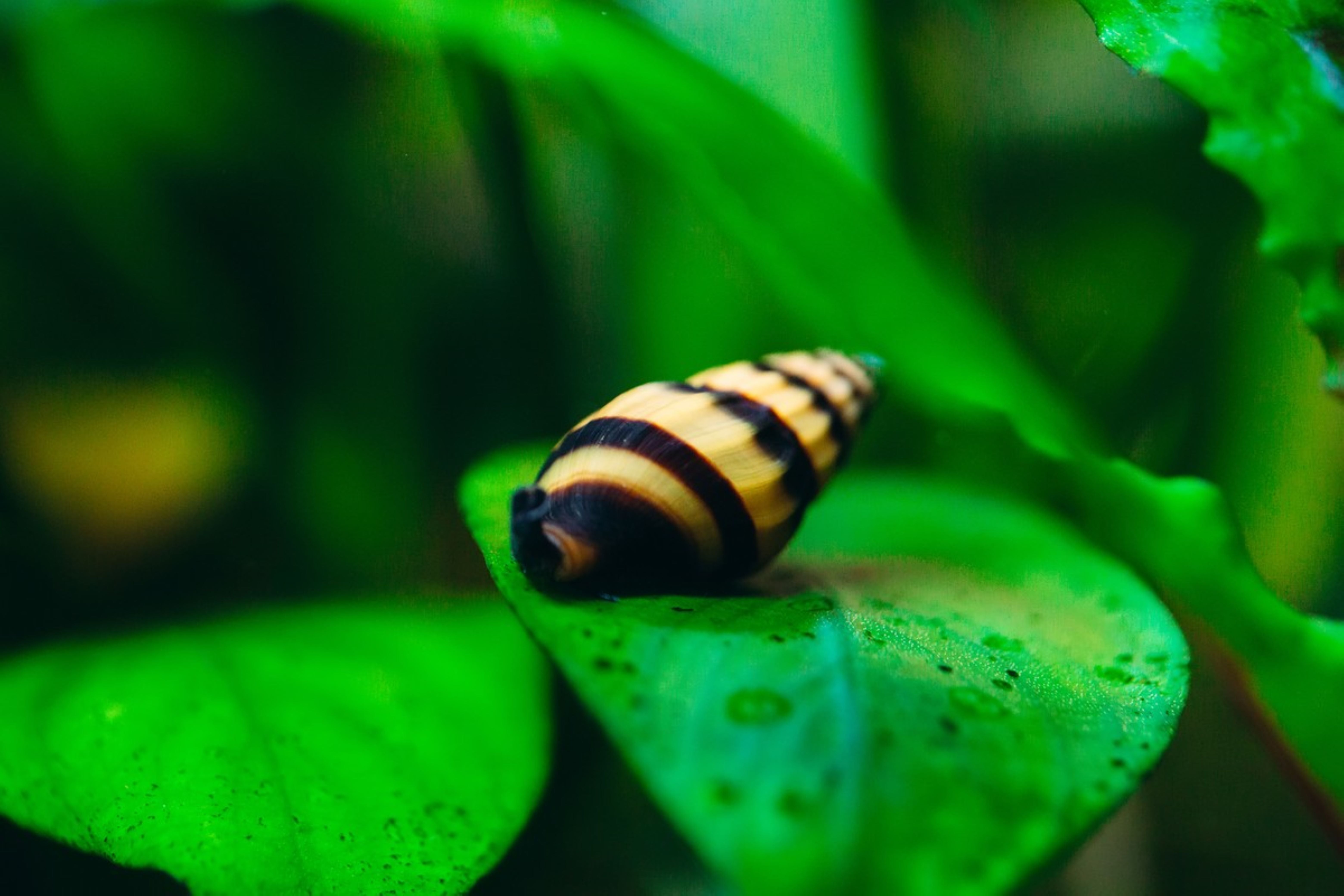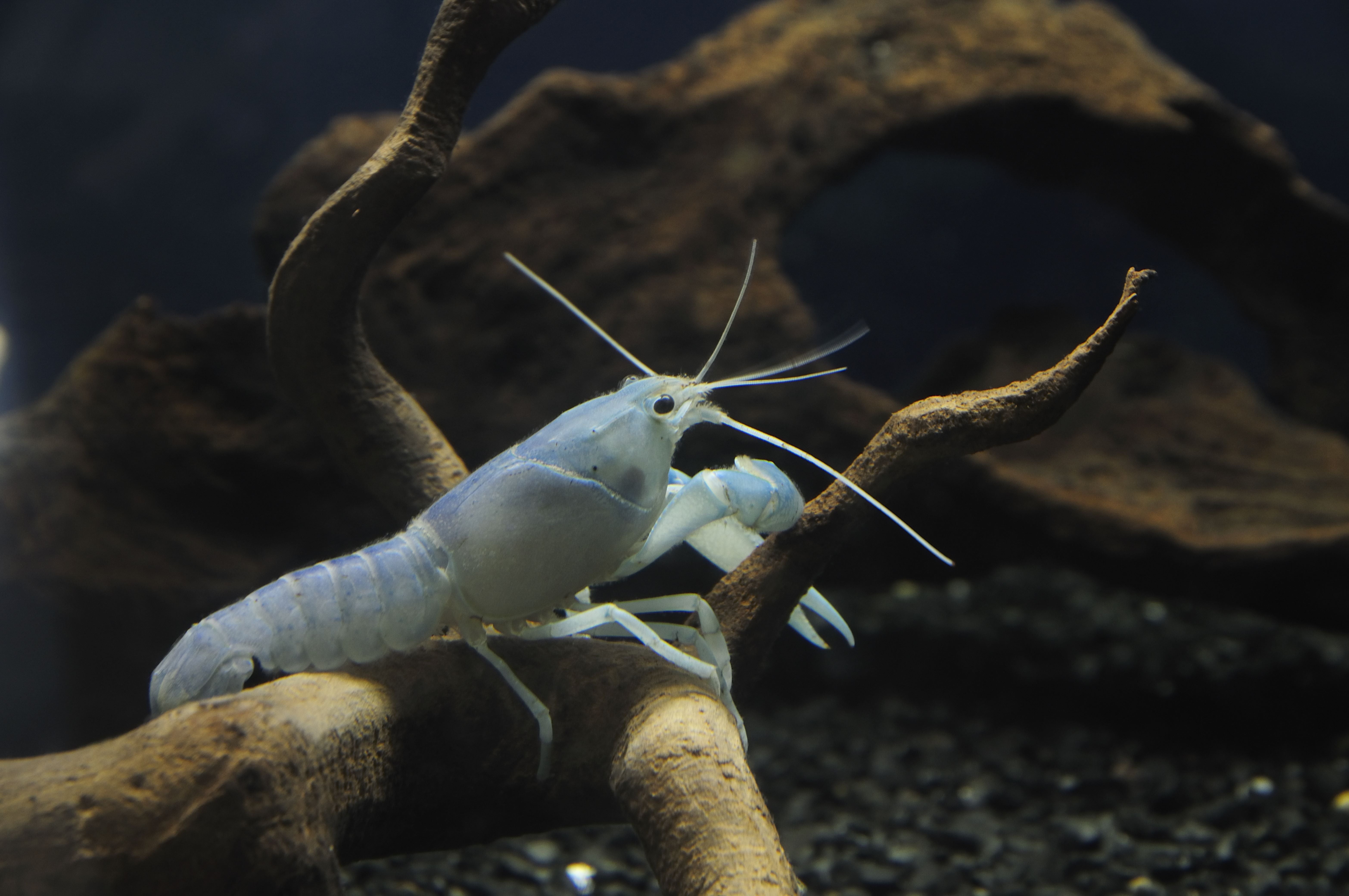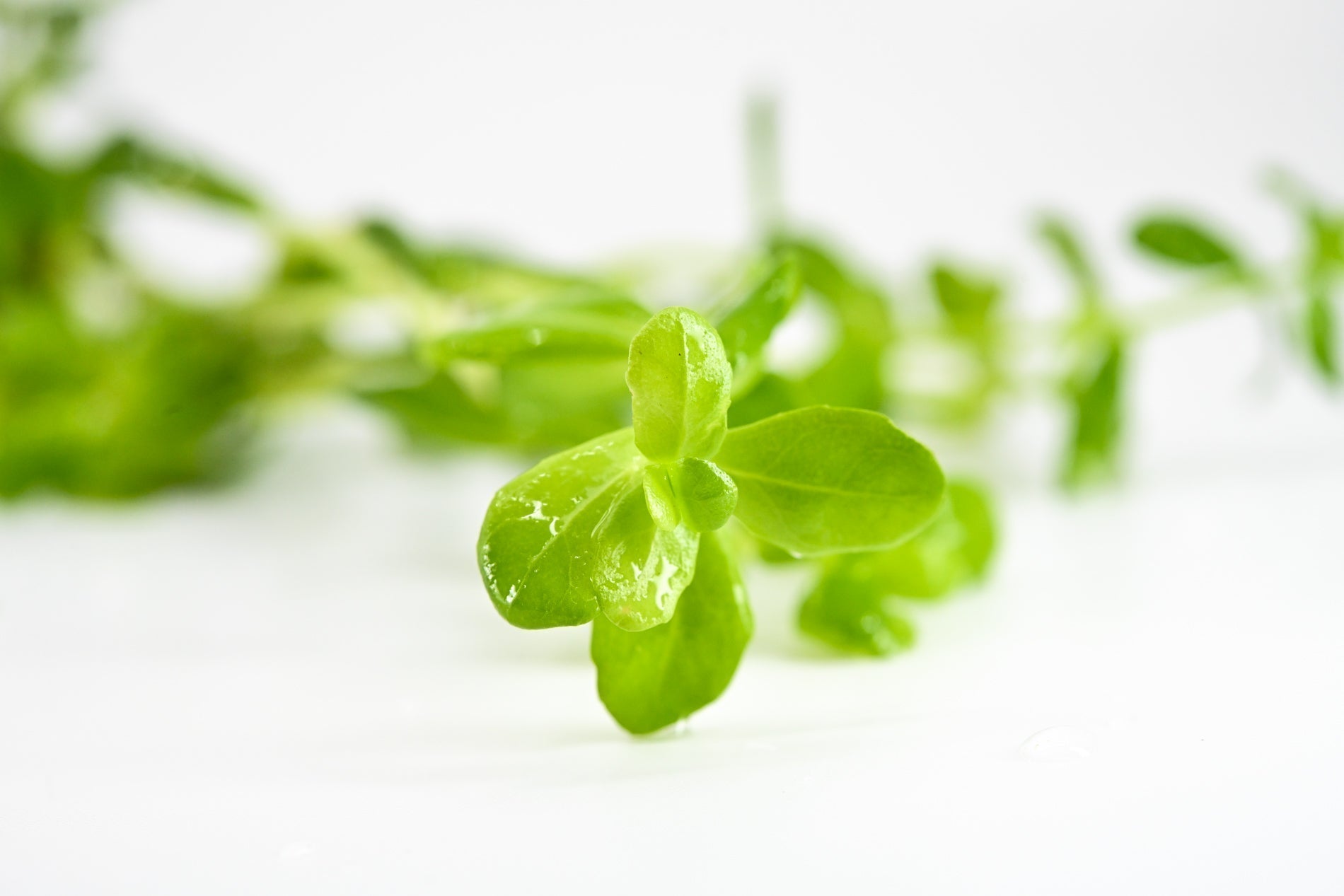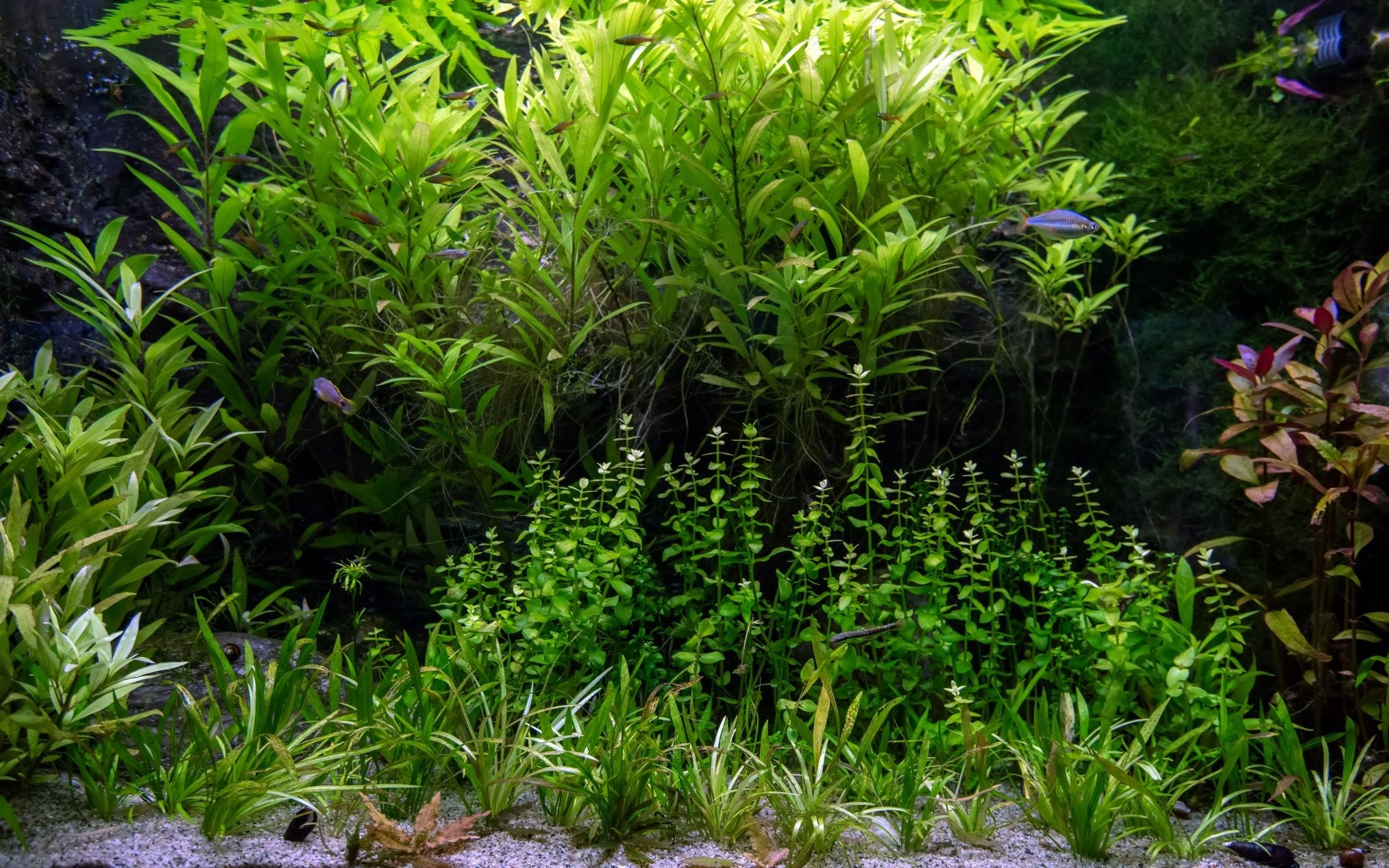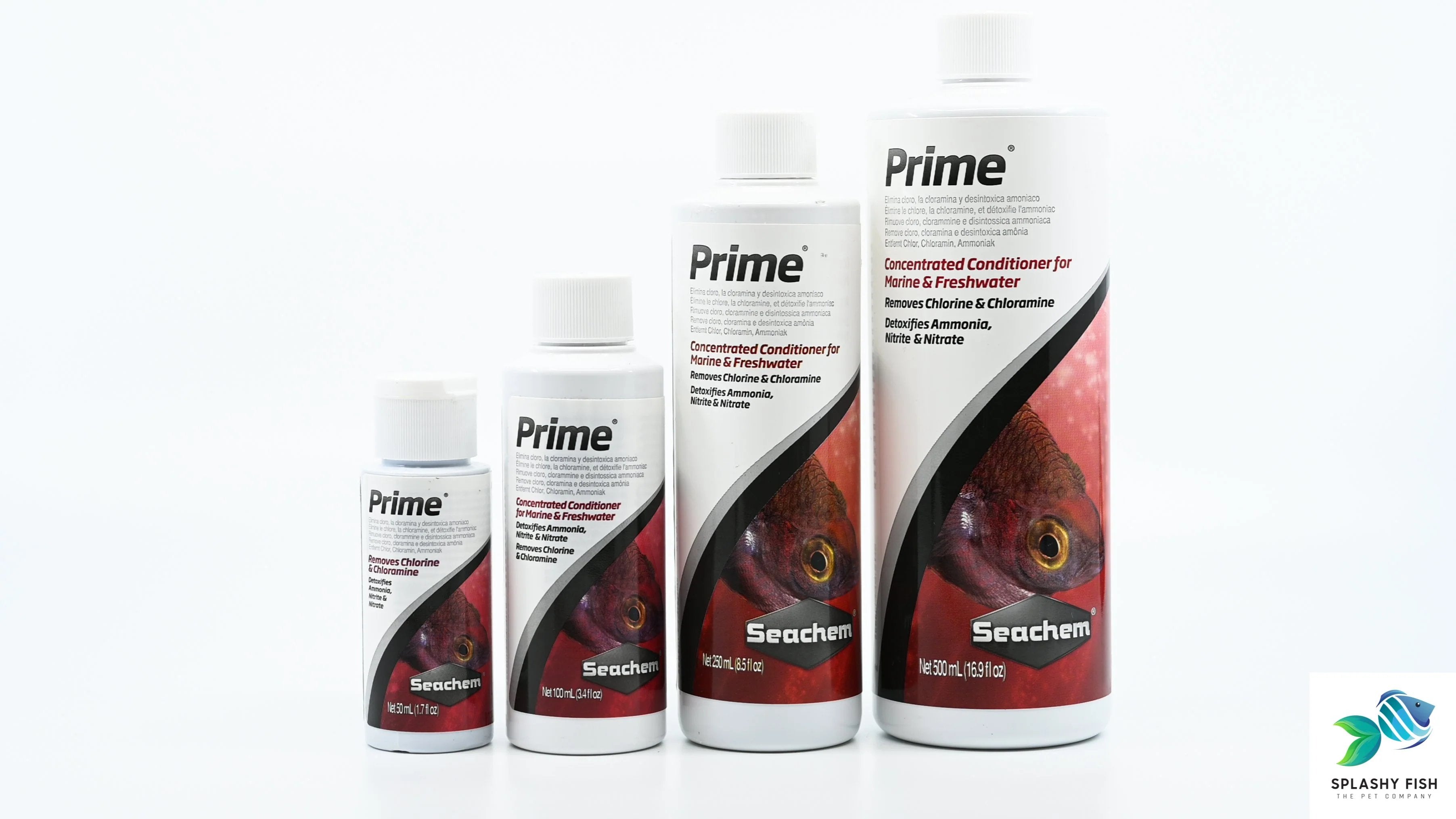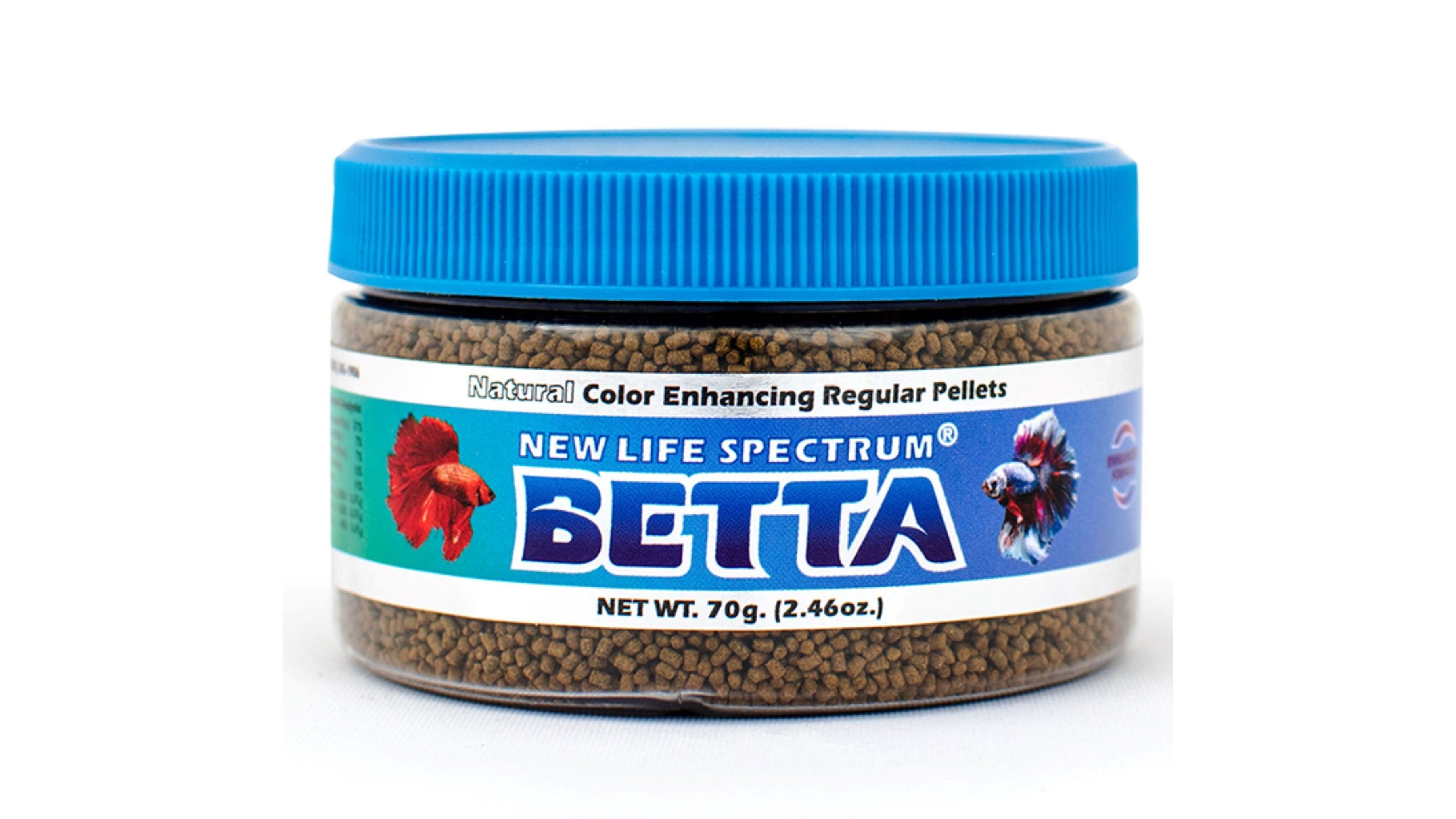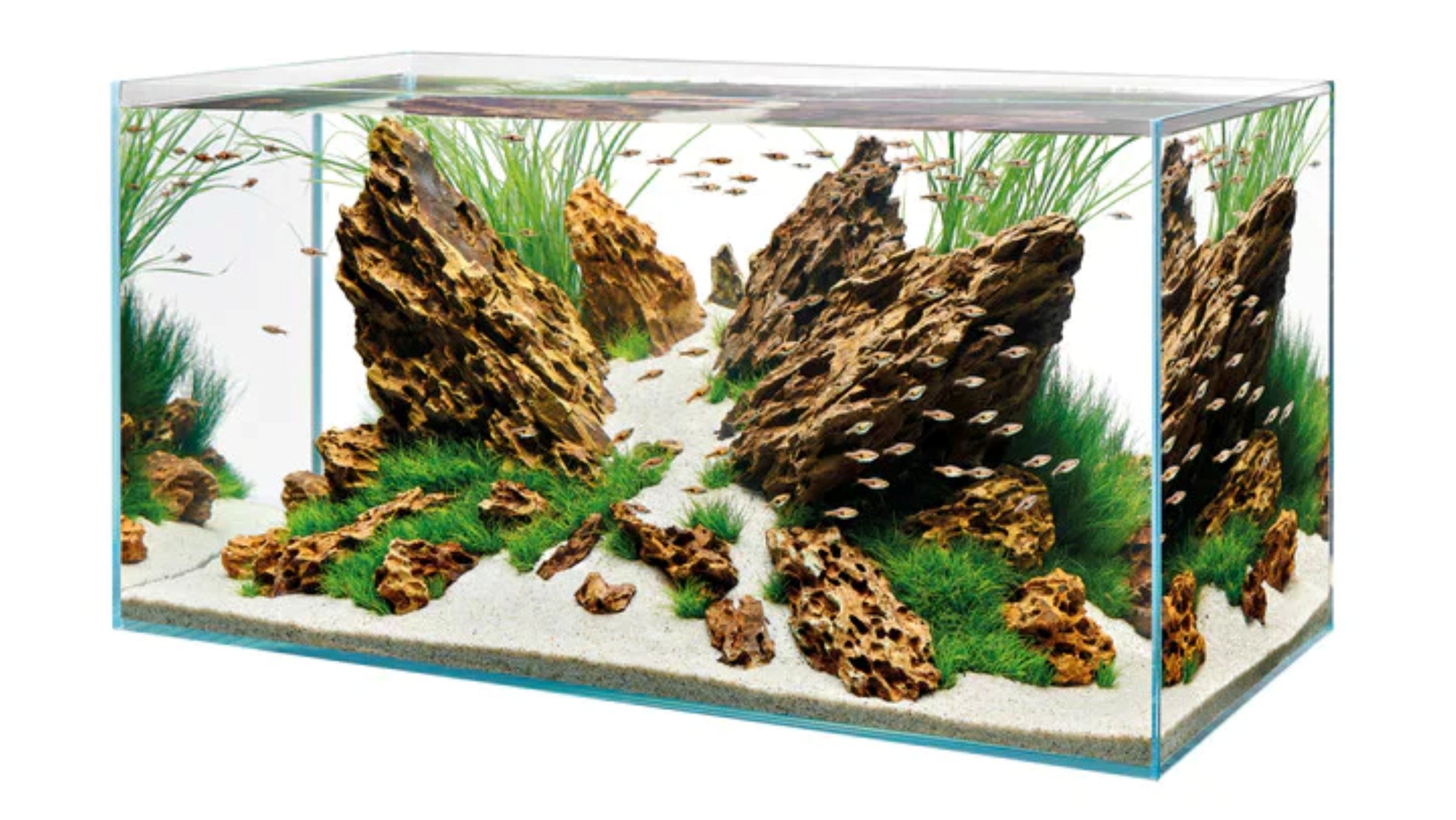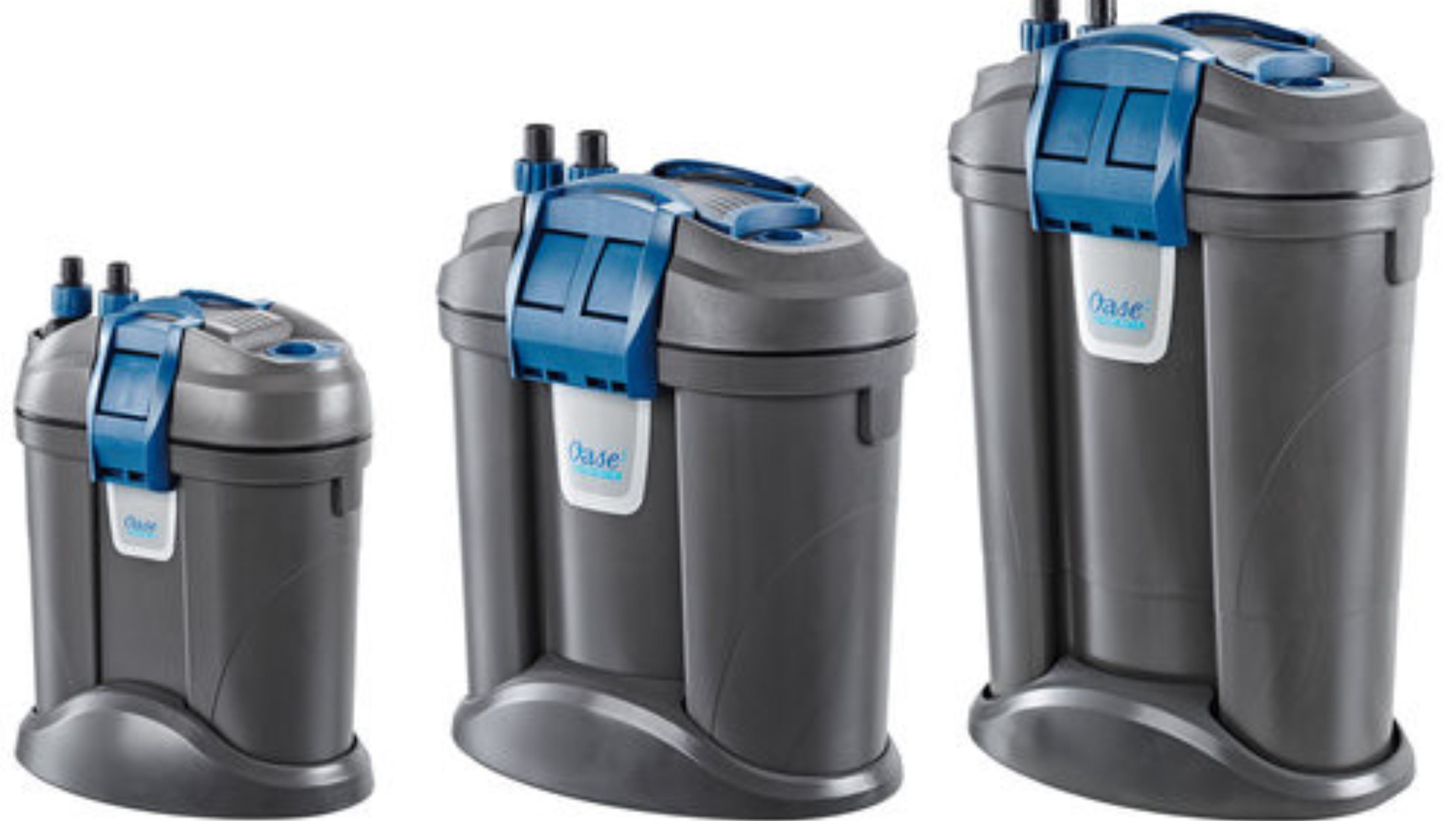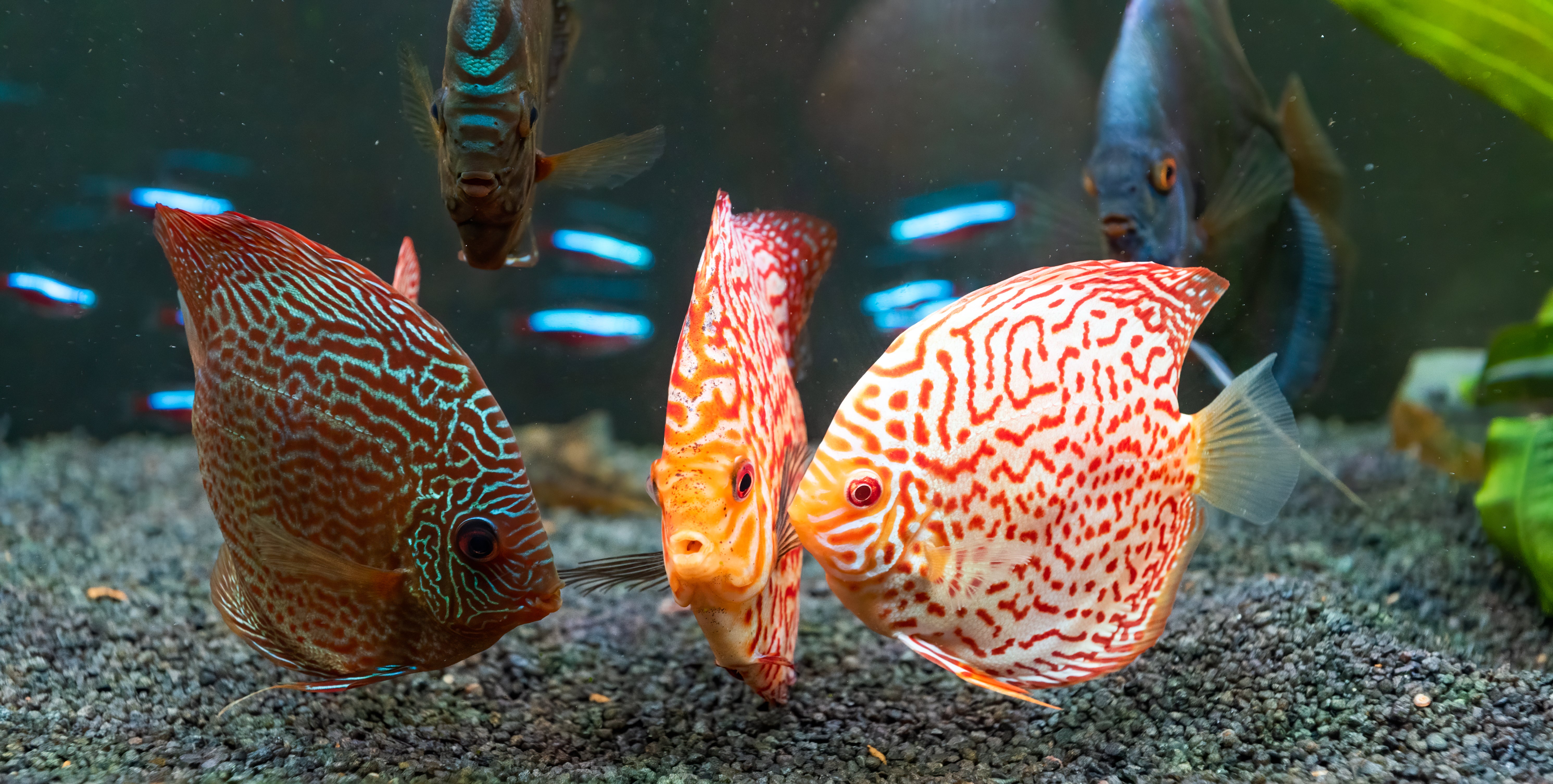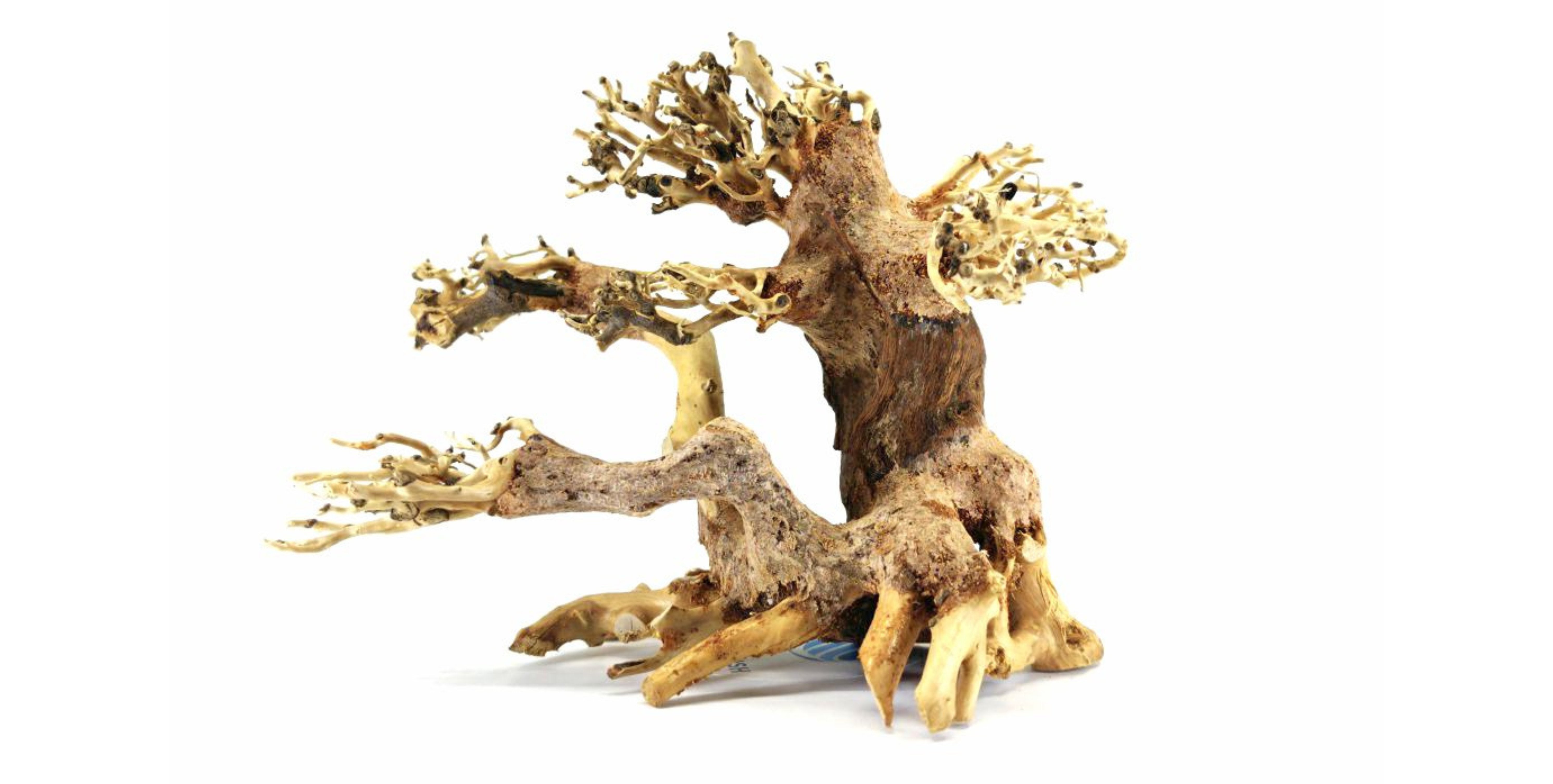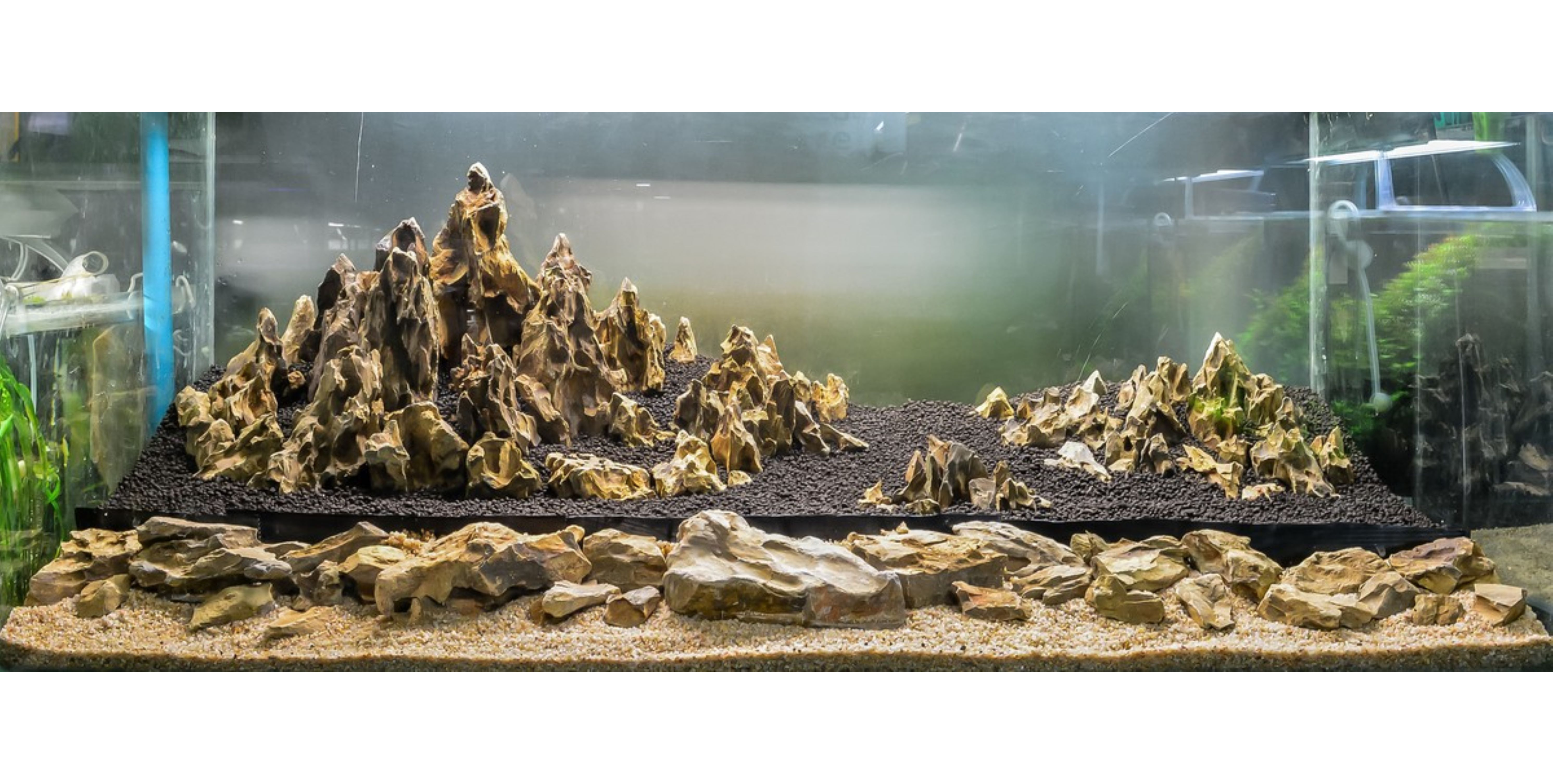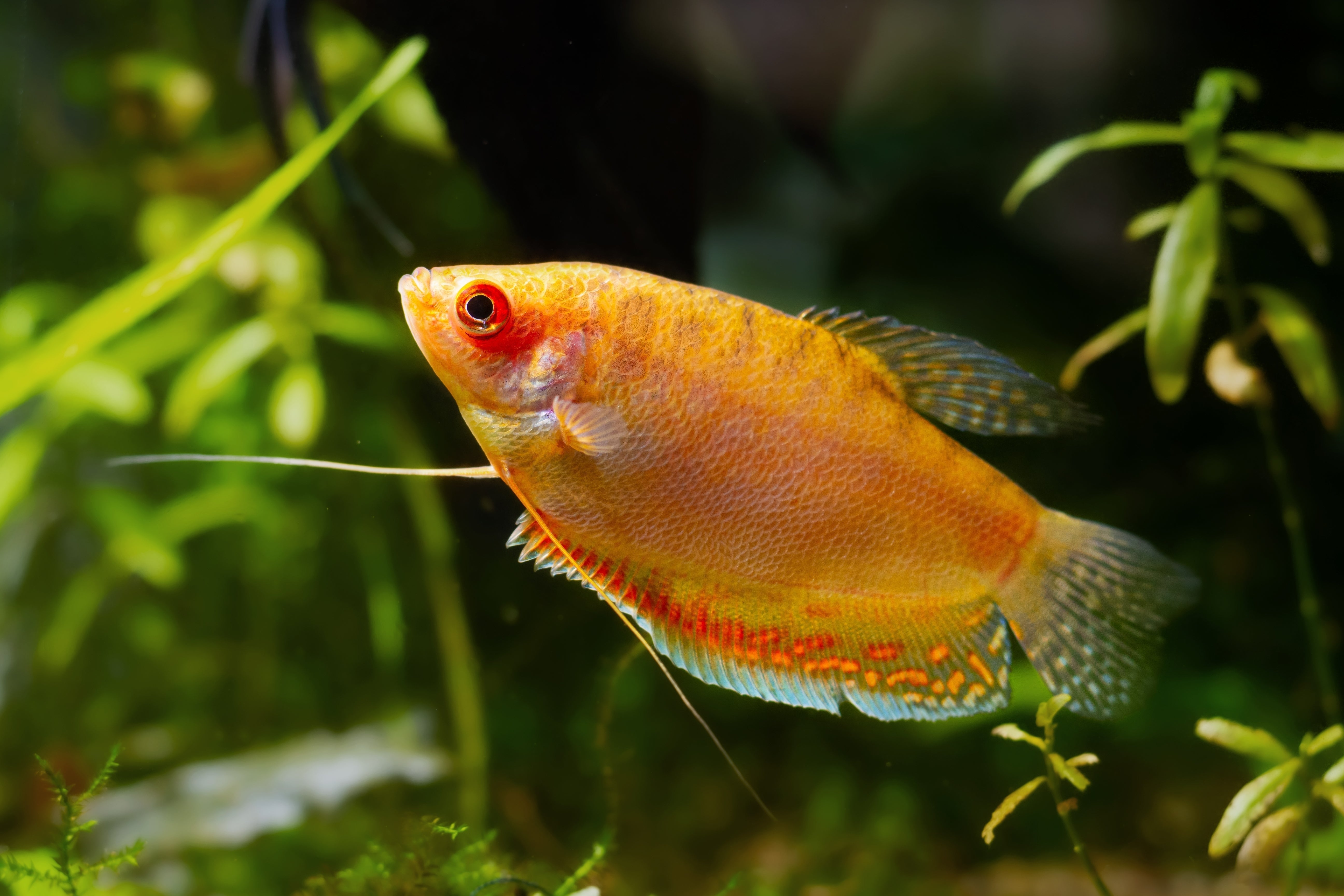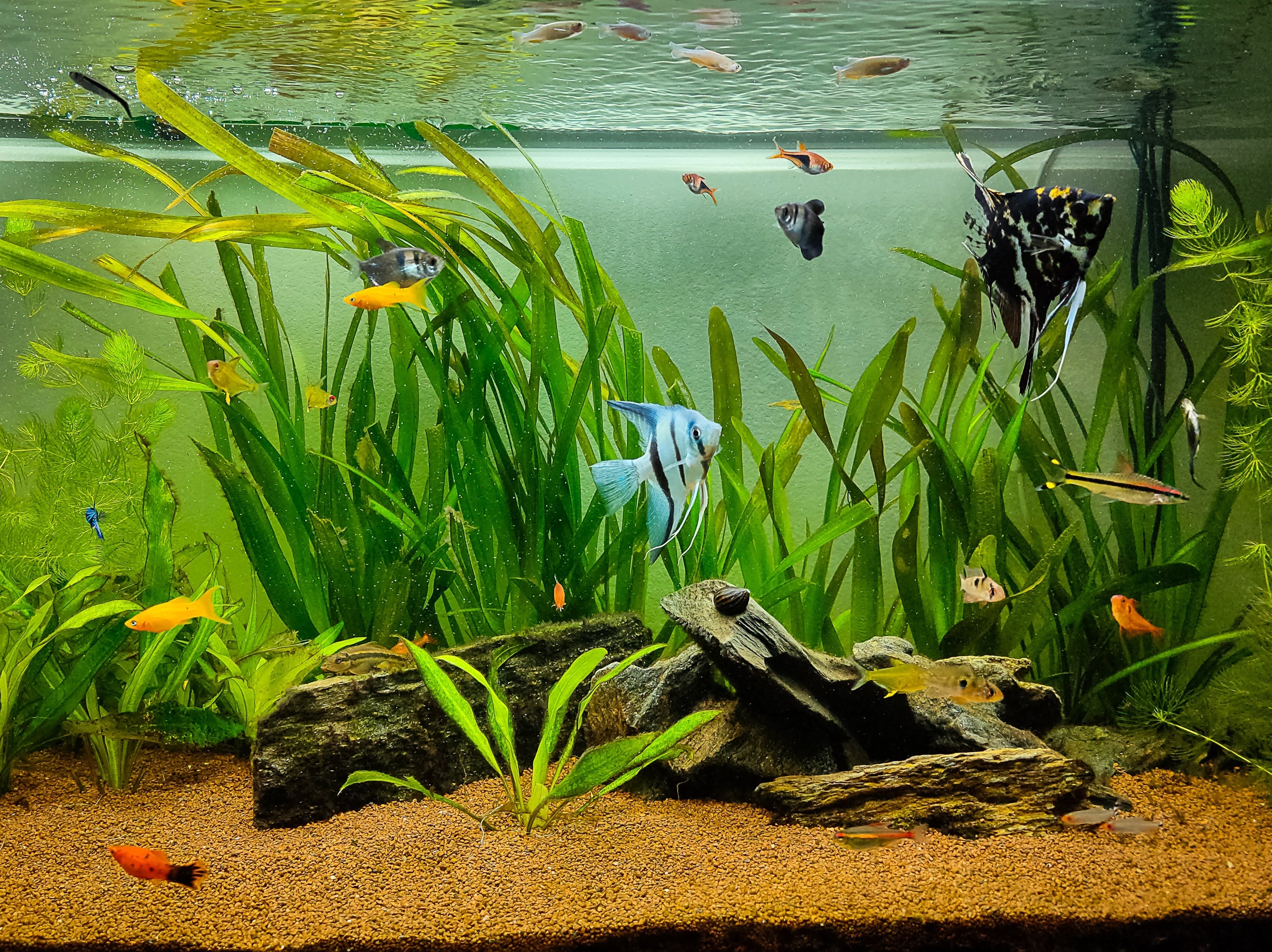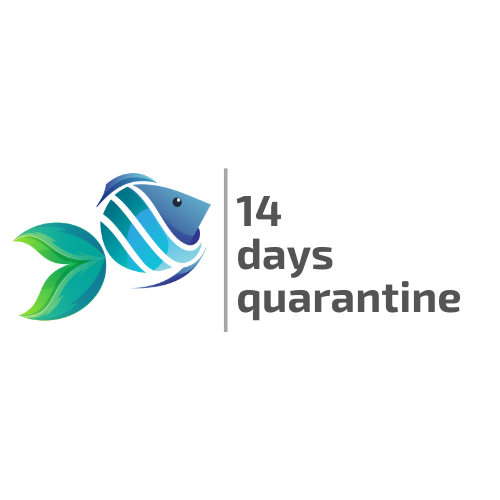Table of Contents
Looking for a peaceful, vibrant fish to add some charm to your freshwater aquarium? Meet the Honey Gourami — one of the most underrated yet delightful species in the aquarium hobby. With their gentle personalities and striking golden, sunset, or red hues, honey gouramis are beginner-friendly and perfect for community tanks.
In this ultimate care guide, we’ll cover everything from behavior to breeding, ideal tank setups, and even the best dwarf gourami tank mates. Whether you're new to fishkeeping or an experienced aquarist looking to add a splash of color, this guide is for you.
Understanding Honey Gouramis Characteristics and Behavior
Characteristics
The Honey Gourami (Trichogaster chuna)—also known as the Honey Dwarf Gourami—is a small labyrinth fish that originates from the freshwater rivers of India and Bangladesh. Often confused with Dwarf Gouramis, honey gouramis are slightly smaller and display softer, more pastel colors ranging from bright gold to deep red or orange.
Popular color variations include:
- Gold Gourami: warm golden-yellow bodies with subtle silver undertones.
- Red Honey Gourami: a striking reddish-orange variant.
- Sunset Honey Gourami: a gradient blend of orange and yellow with a soft glowing effect.
Behavior
Honey gouramis are calm, slow swimmers that prefer the mid to upper levels of the tank. They’re curious, often coming to the glass to greet their owners — a behavior that wins over many aquarists.
They are:
- Non-aggressive and shy.
- Males can display brighter colors when courting.
- Surface breathers due to their labyrinth organ.
Their gentle demeanor makes them perfect companions in community tanks — especially when paired with peaceful species like mystery snails and small tetras.

Setting Up the Perfect Aquarium Tank for Honey Gourami
Tank Size
Though honey gouramis are relatively small, they appreciate space to swim and explore. A 10-gallon tank is the bare minimum for a pair, but a 20-gallon tank is highly recommended if you plan to keep multiple individuals or add tank mates. This extra space helps prevent stress and territorial disputes, especially among males. As a general rule, allocate 5 gallons per fish to maintain harmony and stable water conditions.
For comparison, dwarf gourami size ranges from 2.5 to 3.5 inches, which means they’ll need slightly more room than the smaller honey variants.
Lighting
These Gourami fish thrive in moderate lighting. Too bright, and they may hide. Too dim, and their colors won't shine.
- LED lighting with adjustable brightness is ideal.
- Add floating plants to diffuse intense light.
Filtration and Water Flow
Honey gouramis prefer gentle water flow. Use a sponge filter or an adjustable-flow hang-on-back filter (HOB) to maintain stability without creating too much turbulence.
- Avoid strong currents.
- Keep water well-aerated for best health.
Substrate and Decor
A natural setting helps honey gouramis feel secure.
- Substrate: Fine sand or smooth gravel.
- Decor: Driftwood, rock caves, and live plants like Anubias or Java Fern.
- Floating plants: such as Salvinia Minima or Amazon Frogbit provide cover and reduce stress.
Maintaining Water Quality for Honey Gourami Tank
Temperature
Honey gouramis are tropical fish that prefer stable warmth.
- Ideal range: 74–82°F (23–28°C).
- Avoid: Rapid temperature fluctuations, which stress the fish and weaken immunity.
Install a submersible heater and thermometer to monitor closely.
pH Levels
They do best in slightly acidic to neutral water.
- Ideal pH: 6.0–7.5.
- Use natural pH buffers like almond leaves or driftwood to keep levels steady.
- Test water weekly with a pH kit.
Consistency is more important than perfection—dramatic swings are harmful.
Ammonia, Nitrite, and Nitrate Levels
Honey gouramis are sensitive to poor water quality.
- Ammonia/Nitrite: 0 ppm (any trace can be deadly).
- Nitrate: <20 ppm is best.
- Perform 25–30% weekly water changes.
- Live plants and mystery snails help naturally manage nitrates by absorbing waste and uneaten food.
What Do Honey Gouramis Eat?
Feeding honey gouramis is simple, but variety is key for vibrant colors and long life.
Staple foods:
- Micro pellets or high-quality flake food
- Freeze-dried bloodworms or brine shrimp
Treats (2–3x per week):
- Frozen daphnia or mosquito larvae
- Blanched peas or zucchini (good for both gouramis and mystery snails)
Feed them small amounts 2–3 times a day. Overfeeding leads to bloating and water quality issues.
Honey Gourami Breeding and Reproduction
Breeding honey gouramis is a great experience, especially for hobbyists wanting to learn more about spawning behaviors.
Steps to breed:
- Condition a pair: Feed high-protein live foods for a week.
- Set up a breeding tank (10–15 gallons): Use soft, warm water, minimal flow, and floating plants.
- Bubble nest building: The male creates a nest at the water surface under plant cover.
- Spawning: The male wraps around the female, who releases eggs that are placed in the bubble nest.
- Post-spawn care: Remove the female to prevent aggression. The male guards the nest until fry hatch in 1–2 days.
Feed fry infusoria or liquid fry food. After a week, move to baby brine shrimp.
Best Tank Mates to Keep with Honey Gouramis
Honey gouramis are peaceful and compatible with many other species.
Ideal tank mates:
- Mystery snails (zero aggression, clean tank)
- Ember tetras
- Celestial pearl danios
- Panda corydoras
- Harlequin rasboras
- Amano or cherry shrimp (with hiding spots)
Avoid:
- Barbs or bettas (may nip fins)
- Aggressive or overly active freshwater fish
If mixing with dwarf gouramis, make sure you have a larger tank and limit to one male each to avoid dominance issues.
Aquarium Plants for Honey Gourami Tanks
Aquarium plants are not just beautiful — they’re practical too. They improve water quality, reduce stress, and offer shelter for the honey gourami tanks.
Top plants:
- Amazon Frogbit: ideal for nesting
- Java Moss: great for fry and shrimp
- Anubias Nana Petite: low light and hardy
- Banana Plant: adds a natural look and leaf cover
- Hornwort: absorbs excess nutrients
Conclusion
The Honey Gourami is a standout freshwater species for its color, calm temperament, and compatibility with other gentle tank mates. Whether you're housing a stunning red honey gourami, a glowing sunset honey gourami, or the classic gold gourami, these fish offer beauty and tranquility in one neat package.
By setting up the right environment, maintaining water quality, and offering proper nutrition, you’ll enjoy their full lifespan of 4–6 years. They’re also a great species for beginners looking to explore fish breeding or create a low-maintenance community tank.
At Splashy Fish tropical fish store, our Honey Gouramis for sale and other Gouramis for sale are tank-bred and sold with love and care. Visit us to buy them online or at our aquarium in Virginia for more other freshwater fish for sale, freshwater shrimp for sale, aquarium plants for sale, and aquarium supplies.
Honey Gourami Care Frequently Asked Questions (FAQs)
How many Honey Gourami should I keep together?
It is best to keep honey gouramis in pairs or small groups of three to five. When keeping more than one male, ensure the tank is large enough (at least 20 gallons) and has plenty of hiding spaces to reduce the chance of territorial behavior. A group setting helps them exhibit natural behaviors and reduces shyness.
Why is my Honey Gourami turning black?
Male honey gouramis often darken, particularly around the throat and belly, during mating displays or periods of dominance. This color change is normal and healthy if the fish is otherwise active and eating. However, if accompanied by lethargy or loss of appetite, it may signal stress or poor water conditions, which should be checked immediately.
How big do Honey Gourami get?
Honey gouramis typically grow to about 2 inches (5 cm) in length. Males may appear slightly larger and more streamlined compared to the rounder, smaller females. Despite their small size, they need ample swimming space and hiding spots to feel secure and show their best colors.



